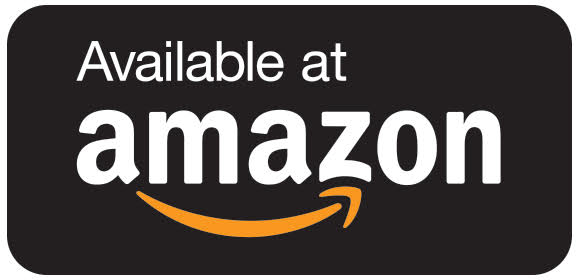More consumers are becoming interested in hearing aid verification measures and we think that's a good thing. I was talking to a reader recently and he was a little unsure as his provider spoke about hearing aid validation and hearing aid verification. So I thought I would try to make it a little clearer. Verification and validation are often used in an interchangeable manner, however, verification is usually an objective test, where validation, is usually a subjective test. So, let’s look at verification versus validation.

Hearing Aid Verification
Verification is an objective measure to determine if the hearing instruments meet a particular standard and are performing as expected. For instance, probe microphone measures to see if we matched a prescriptive gain target is an objective measurement and therefore verification. The same can be said for aided speech testing with a calibrated sound field.
Hearing Aid Validation (Hearing Aid Outcome Measures)
Validation more often referred to as hearing aid outcome measures, is a subjective measurement usually based on questionnaires like the Abbreviated Profile of Hearing Aid Benefit (APHAB) or through scales such as the Client Oriented Scale of Improvement or the COSI. These questionnaires are undertaken to assess your opinion of how well you are doing with your hearing aids.
To be honest, both verification and validation are important, they both give the professional the information that is needed to understand what the hearing aids are doing and how you feel about how are you getting on. They allow us to clearly show whether the hearing aids are functioning as they should and counsel you on how you can get the best from them in the situations you find yourself in.
I hope that made it less confusing for you, remember, ask your prospective hearing care provider do they undertake Real Ear Measurements and if they say no, tell them you will go somewhere else. like us on Facebook by clicking the button below to keep up with our latest posts.










